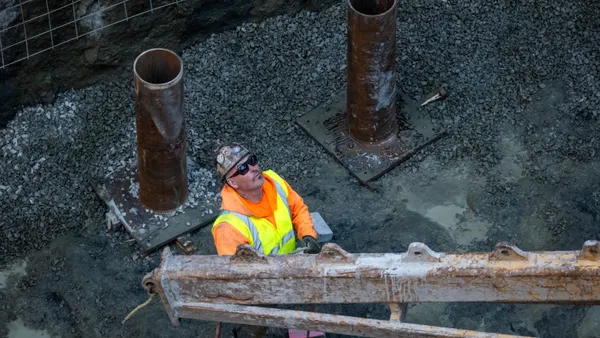Dive Brief:
- Real estate research firm Zillow reported the average urban home is worth approximately 2% more than the average suburban home, despite urban homes being worth 1.2% less as recently as 2013.
- In 2015, urban homes rose 7.5% in value nationally, while suburban homes rose only 5.9%. The trend, according to Zillow, is indicative of how increasingly attractive large, walkable cities have become for millennials, who are delaying having families in favor of an urban lifestyle.
- Some have been adversely affected by this trend, as low -age earners — who have customarily lived in urban areas to be closer to services and employment — are being pushed into the lower-priced suburbs and farther from employment by rising housing costs, Zillow noted.
Dive Insight:
"This trend, in part, reflects home buyers' changing preferences, as they seek amenity-rich, dense and walkable areas that are often closer to their workplace," Zillow Chief Economist Svenja Gudell said in a release. "In the future, this lifestyle trend will change some suburbs as we know them, and they'll start to feel more urban as buyers move further from city centers in search of affordable housing in communities that still feel urban."
Zillow reported that much of the country’s suburban areas are still seeing higher home prices than their city counterparts, but more cities — Boston, Washington, DC, and San Francisco — have already seen those pricier urban markets, and cities like Denver, Phoenix and Chicago are following suit.
Urban markets, however, are not just the milieu of millennials. According to a Washington Post report in October, baby boomers are retiring at 10,000 per day and increasingly are choosing to downsize into urban markets. In fact, the Post found that boomers are grabbing up urban housing at twice the rate of millennials, driving up prices and making these areas less affordable for younger people.
One of Zillow’s predictions for 2016 is that the entire housing market will be affected by "deteriorating housing affordability," pushing homeownership beyond the reach of the lowest one-third of wage earners.













